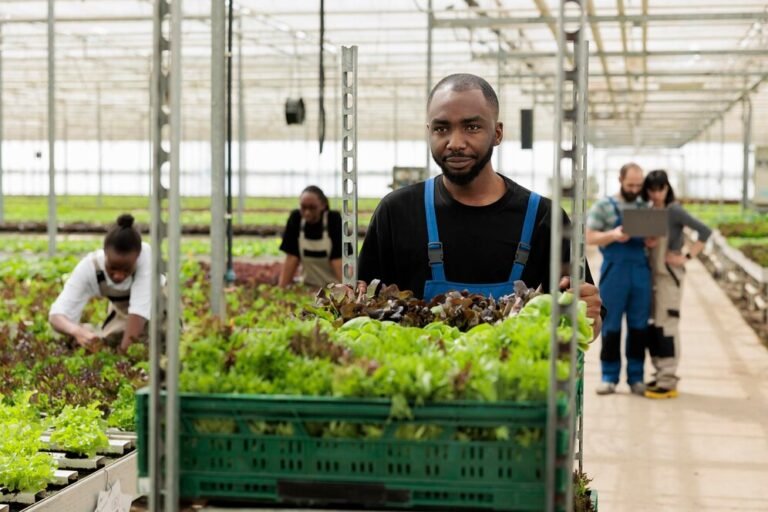The China-Africa Economic and Trade recorded $400 million in trade for the first year and aims for $14 billion in trade with Africa by 2025
Over the past decade, China has made a major departure from its traditional model of China-Africa cooperation in the roll out of its BRI agriculture projects in Africa. Previously, China-Africa cooperation was mainly about sharing knowledge, and it did it through showcasing technology and providing aid for the construction of public works (like irrigation schemes) promoting agriculture for food. The BRI approach, however, referred to as “agriculture for profit”, has operated through massive private or state-owned companies and has coupled the financing of transportation infrastructure projects (like rail and ports) with projects to industrialise African agriculture through hybrid seeds, machinery, logistics, food storage and processing facilities provided by Chinese companies.
In 2021, a China-Africa Economic and Trade “Deep Collaboration Zone” was set up in Hunan province that contains a processing and trade centre for African agro-products. The centre recorded $400 million in trade for the first year and aims for $14 billion in trade with Africa by 2025.
China’s confidence in its practices of fast economic growth attempts to present a template for African countries to follow under the BRI. Through its massive communication network, the BRI is promoting agriculture capitalisation as a successful means to eradicate poverty.
China’s agricultural intentions in Africa are mainly concerned with its soaring domestic meat consumption and support of its factory farming of poultry and pigs, which has created a huge demand for imported soybeans and maize for animal feed. The US and Brazil have long been China’s dominant suppliers of soybeans and maize, but, with growing tensions with the US and other volatilities in production and trade such as Covid and climate change-induced droughts, the government is looking to diversify its supply sources.
Over the past decade and a half, there have been numerous attempts by Chinese agribusinesses to invest in large-scale farming projects in Africa. However, these have not resulted in a significant amount of exports to China, and many of the projects have failed to even get off the ground. Nevertheless, at the China-Africa Leaders’ Roundtable Dialogue in Johannesburg in August 2023, President Xi Jinping emphasised that China would continue to try and develop large-scale crop farming on the continent. He also stressed that importance would be given to build up seed production capacity and seed markets for its corporations.
China’s largest seed company, Yuan Longping High-Tech Agriculture, a subsidiary of the state-owned conglomerate CITIC, has been tasked with leading this effort in Africa. In Tanzania, the company is pursuing a major effort to develop soybean production for export. In 2022, the Tanzanian government provided it with 53,000 hectares for a large-scale farming operation in the Chunya District of the Mbeya Region and in 2023 it fast-tracked the approval of the company’s seed varieties. In preparation, Beijing’s cleared several companies for the export of soybeans from Tanzania, and a first shipment was carried out by the giant state grain trader and food company, COFCO, which plays a central role in the BRI’s food and agriculture projects around the world.
Both Longping High-Tech and COFCO are also actively developing exports of soybeans in the West African country of Benin, which along with Tanzania and Ethiopia, was recently singled out by China for the development of soybean exports. China and Benin signed a protocol on the export of soybeans in September 2019 and, by 2022, Benin’s annual exports to China exceeded 210,000 tonnes, accounting for over 60 per cent of its total soybean exports. The exports are mainly handled by COFCO’s local subsidiary, Chinatex.
Benin is also a target for maize exports. While maize is a staple food in Benin and is grown widely across the country, it is almost entirely consumed locally. Longping High-tech is trying to change this and develop a surplus for export through a programme supported by China’s Ministry of Commerce, that is training farmers in growing its high-yield hybrid maize varieties, and then distributing them to other farmers for widespread cultivation.
Other crops for export to China, beyond maize and soybeans, are also being supported in Africa through the BRI. China has recently put in place new sanitary and phytosanitary mechanisms to streamline the cross-border flow of agricultural products and increase the range of products covered under food safety regulations– from seafood to avocados to cotton.

